Home>Articles>What Is The Bandwidth Of A Pcie V2.0 X16 Graphics Adapter
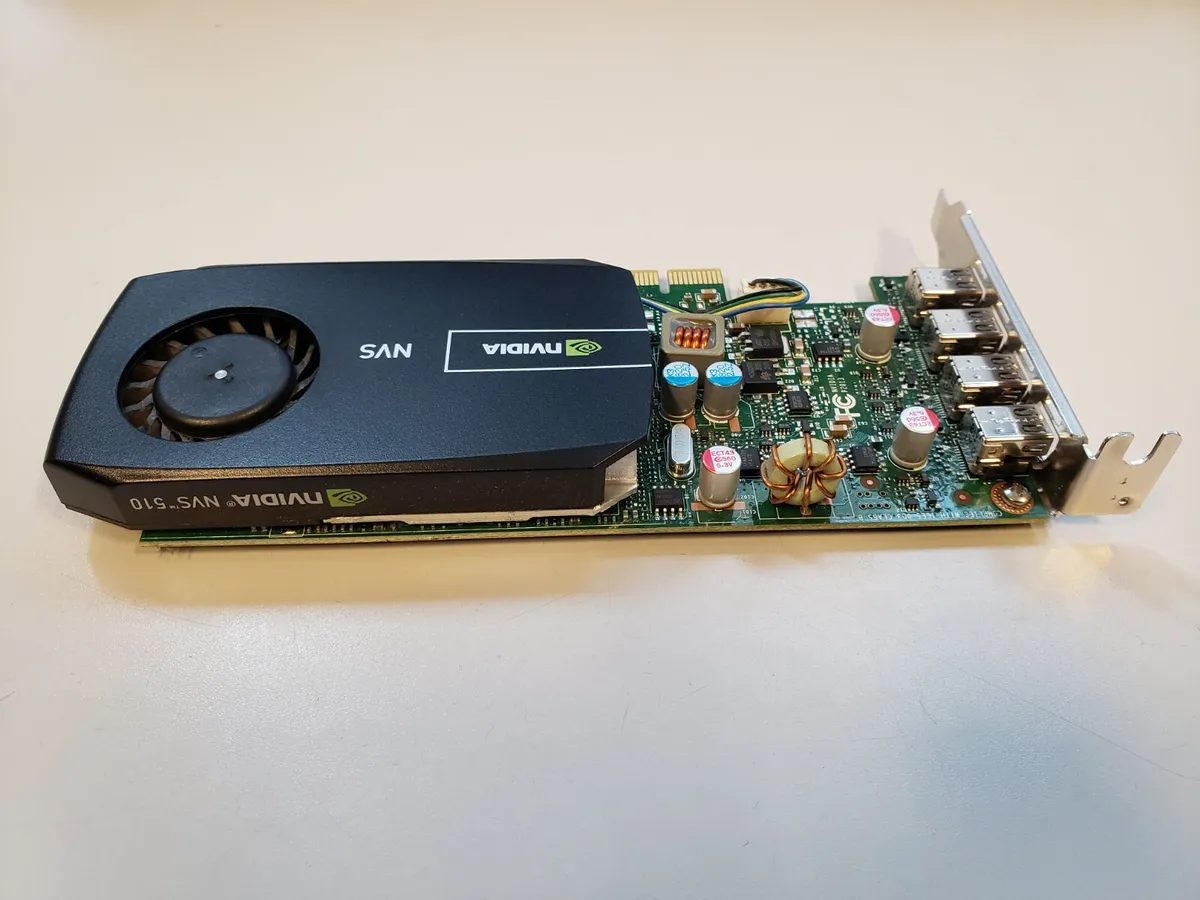

Articles
What Is The Bandwidth Of A Pcie V2.0 X16 Graphics Adapter
Modified: January 21, 2024
Discover the bandwidth of a PCIe v2.0 x16 graphics adapter with insightful articles. Explore the benefits and limitations of this versatile technology.
(Many of the links in this article redirect to a specific reviewed product. Your purchase of these products through affiliate links helps to generate commission for Storables.com, at no extra cost. Learn more)
Introduction
The PCIe v2.0 x16 graphics adapter is a popular choice among PC enthusiasts and gamers who want to experience high-quality graphics and smooth gameplay. But what exactly is the bandwidth of this graphics adapter, and why is it important?
In this article, we will explore the concept of bandwidth in the context of PCIe v2.0 x16 graphics adapters and delve into the factors that affect it. Understanding the bandwidth of a graphics adapter can help you make informed decisions when it comes to choosing the right hardware for your gaming or graphic-intensive needs.
So, let’s dive into the world of PCIe v2.0 x16 graphics adapters and uncover the ins and outs of their bandwidth.
Key Takeaways:
- The PCIe v2.0 x16 graphics adapter offers a maximum bandwidth of 8GB/s per lane, totaling 128GB/s with 16 lanes, but actual bandwidth can vary based on factors like graphics card, motherboard compatibility, and data transfer protocols.
- Factors such as graphics card capabilities, motherboard compatibility, expansion slot configuration, and overall system configuration can impact the bandwidth and performance of a PCIe v2.0 x16 graphics adapter, so it’s crucial to consider these when optimizing graphics processing capabilities.
Read more: What Is A 5V Adapter
Overview of PCIe v2.0 x16 Graphics Adapter
The PCIe (Peripheral Component Interconnect Express) v2.0 x16 graphics adapter is a type of expansion card that is commonly used to enhance the graphics performance of a computer system. It is designed to connect directly to the motherboard and provides a dedicated pathway for data to travel between the graphics card and the CPU.
The “x16” in PCIe v2.0 x16 refers to the number of lanes available for data transmission. In this case, the graphics adapter offers 16 lanes, allowing for higher bandwidth compared to adapters with fewer lanes. This increased number of lanes enables faster data transfer, resulting in improved graphics rendering and smoother gameplay.
PCIe v2.0 is the second generation of the PCIe specification, offering higher performance and improved features compared to its predecessor, PCIe v1.0. The v2.0 version doubles the data rate per lane compared to v1.0, resulting in increased overall bandwidth. Therefore, a PCIe v2.0 x16 graphics adapter provides faster data transfer rates than a PCIe v1.0 x16 adapter.
The graphics adapter is compatible with a wide range of graphics cards from various manufacturers. It supports both AMD (Advanced Micro Devices) and Nvidia GPUs (Graphics Processing Units), allowing users to choose the brand that best suits their needs and preferences.
Moreover, PCIe v2.0 x16 graphics adapters are backward compatible with PCIe v1.0 slots, meaning that they can be installed in older motherboards that support the previous generation of PCIe technology. However, it’s important to note that using a PCIe v2.0 x16 graphics adapter in a PCIe v1.0 slot will result in reduced bandwidth and performance due to the lower data rate supported by the older version.
With its ample number of lanes and improved data transfer rates, the PCIe v2.0 x16 graphics adapter is an excellent choice for gamers, graphic designers, and other professionals who require high-performance graphics processing on their computers.
Bandwidth in PCIe v2.0 x16 Graphics Adapter
Bandwidth refers to the amount of data that can be transferred between the graphics card and the CPU within a given time frame. In the case of the PCIe v2.0 x16 graphics adapter, the bandwidth determines the maximum data throughput between the graphics card and the rest of the system.
The PCIe v2.0 x16 graphics adapter offers a maximum bandwidth of 8 gigabytes per second (GB/s) per lane. Since it has 16 lanes, the total available bandwidth is calculated by multiplying the bandwidth per lane by the number of lanes, resulting in a total of 128 GB/s.
However, it’s important to note that the actual bandwidth achievable in a PCIe v2.0 x16 graphics adapter may vary depending on several factors. These factors include the architectural limitations of the graphics card, the capabilities of the motherboard, and the communication protocols used.
One key consideration is the type of graphics card being used. Different graphics cards have varying memory bandwidth specifications, which can affect the overall performance of the graphics adapter. Graphics cards with higher memory bandwidth can transfer data more quickly, resulting in smoother graphics rendering and faster frame rates.
The motherboard’s capabilities also play a role in determining the actual bandwidth of the graphics adapter. The motherboard should have sufficient PCIe lanes available to support the full bandwidth of the graphics adapter. If the motherboard only supports a lower number of lanes, the bandwidth may be limited, affecting the overall performance of the graphics card.
Furthermore, the communication protocols utilized by the graphics adapter and the motherboard can impact the effective bandwidth. The PCIe v2.0 specification supports a data transfer rate of up to 5 gigatransfers per second (GT/s) per lane. However, the actual transfer rate may be lower due to factors such as signal integrity and overhead associated with the communication protocol.
To optimize the bandwidth and performance of a PCIe v2.0 x16 graphics adapter, it is crucial to ensure that you have a compatible and high-quality graphics card, a motherboard with sufficient PCIe lanes, and reliable communication protocols.
By understanding and maximizing the available bandwidth, users can harness the full potential of their PCIe v2.0 x16 graphics adapter to enjoy stunning visuals, immersive gaming experiences, and efficient graphic-intensive tasks.
The bandwidth of a PCIe v2.0 x16 graphics adapter is 8 gigatransfers per second, providing a maximum data transfer rate of 8 gigabytes per second in each direction.
Factors Affecting Bandwidth
Several factors can impact the bandwidth of a PCIe v2.0 x16 graphics adapter, affecting its overall performance and data transfer capabilities:
- Graphics Card: The specifications and capabilities of the graphics card itself play a significant role in determining the bandwidth. Graphics cards with higher memory bandwidth and faster data transfer rates can leverage the full potential of the PCIe v2.0 x16 adapter, maximizing its bandwidth.
- Motherboard Compatibility: The motherboard plays a crucial role in determining the available bandwidth of the graphics adapter. It should have a sufficient number of PCIe lanes to support the full bandwidth potential of the graphics adapter. In some cases, older motherboards may have limited PCIe lanes, resulting in reduced bandwidth.
- Expansion Slot Configuration: The configuration of the PCIe slots on the motherboard can also affect the available bandwidth. In some cases, multiple PCIe slots may share the same data pathway, leading to a shared bandwidth scenario. This can impact the overall bandwidth available to the graphics adapter.
- Data Transfer Protocols: The data transfer protocols utilized by the graphics adapter and the motherboard can impact the effective bandwidth. The PCIe v2.0 specification itself supports a maximum transfer rate of 5 gigatransfers per second (GT/s) per lane. However, the actual transfer rate may be lower due to factors such as signal integrity and overhead associated with the communication protocol.
- Overall System Configuration: The overall system configuration, including the CPU, RAM, and storage devices, can also indirectly affect the graphics adapter’s bandwidth. If the other components in the system are not able to keep up with the demands of the graphics card, it may limit the overall performance and effective bandwidth of the graphics adapter.
It’s essential to consider these factors when determining the expected bandwidth and performance of a PCIe v2.0 x16 graphics adapter. Ensuring compatibility and optimizing the configuration of all components within the system can help maximize the available bandwidth and enhance the overall graphics processing capabilities.
By taking these factors into account and ensuring a well-balanced system configuration, users can make the most of their PCIe v2.0 x16 graphics adapter, achieving high-performance graphics rendering, smooth gameplay, and an immersive visual experience.
Comparison with Other PCIe Versions
While the PCIe v2.0 x16 graphics adapter offers impressive bandwidth and performance, it’s essential to understand how it compares to other PCIe versions to make an informed decision about your hardware choices.
Here’s how the PCIe v2.0 x16 graphics adapter stacks up against other PCIe versions:
- PCIe v1.0: The PCIe v2.0 is the successor to the PCIe v1.0 version. The v2.0 specification doubled the data rate per lane compared to v1.0. This means that a PCIe v2.0 x16 graphics adapter has double the bandwidth potential compared to a PCIe v1.0 x16 adapter. Therefore, the PCIe v2.0 version offers superior performance and faster data transfer rates.
- PCIe v3.0: The PCIe v3.0 is the next generation of the PCIe standard and offers even higher performance compared to v2.0. The v3.0 version doubles the data rate again compared to v2.0, providing even greater bandwidth capabilities. However, it’s important to note that PCIe v3.0 is not backward compatible with PCIe v2.0 or v1.0 slots, meaning that a PCIe v2.0 x16 graphics adapter cannot be used in a PCIe v3.0 slot.
- PCIe v4.0 and Beyond: More recent versions of the PCIe standard, such as PCIe v4.0 and PCIe v5.0, continue to push the boundaries of bandwidth and performance. These newer versions offer even higher data transfer rates and increased bandwidth compared to their predecessors. However, it’s important to ensure compatibility with your system’s components, as newer PCIe versions may require specific hardware support.
While PCIe v2.0 x16 graphics adapters provide a solid balance between performance and compatibility, users who require the utmost in bandwidth and performance may opt for newer PCIe versions. These newer versions can provide even higher bandwidth and data transfer rates.
Ultimately, the choice of PCIe version will depend on your specific requirements, the compatibility of your system’s components, and the availability of the latest hardware technologies. It’s always recommended to consult the specifications and compatibility information provided by the manufacturers to ensure optimal performance and compatibility.
Read more: What Is A Qc3.0 Adapter
Conclusion
The PCIe v2.0 x16 graphics adapter is a powerful and popular choice for those seeking high-performance graphics capabilities in their computer systems. Its impressive bandwidth, compatibility with a wide range of graphics cards, and the ability to enhance gaming experiences and graphic-intensive tasks make it a sought-after hardware component.
In this article, we explored the concept of bandwidth in PCIe v2.0 x16 graphics adapters and highlighted the factors that can affect it. Bandwidth determines the maximum data throughput between the graphics card and the rest of the system, and understanding it is crucial for optimizing graphics performance.
We discussed how the PCIe v2.0 x16 graphics adapter offers a maximum bandwidth of 8GB/s per lane, resulting in a total of 128GB/s with its 16 lanes. However, the actual bandwidth achieved may vary depending on factors such as the graphics card, motherboard compatibility, expansion slot configuration, and data transfer protocols.
We also compared the PCIe v2.0 x16 graphics adapter with other PCIe versions, such as v1.0, v3.0, and newer versions like v4.0 and v5.0. Each version offers different levels of bandwidth and performance, and the choice depends on individual requirements, system compatibility, and the availability of the latest hardware technologies.
In conclusion, the PCIe v2.0 x16 graphics adapter provides a substantial amount of bandwidth, suitable for gamers, graphic designers, and professionals who demand high-performance graphics processing. Understanding the factors that can affect bandwidth and ensuring compatibility with other system components will help optimize the performance of the graphics adapter.
Whether you’re gaming, editing videos, or working with graphics-intensive applications, the PCIe v2.0 x16 graphics adapter can provide the necessary bandwidth and performance to deliver stunning visuals and smooth gameplay. Invest in a high-quality graphics card, ensure motherboard compatibility, and optimize system configuration to make the most out of your PCIe v2.0 x16 graphics adapter.
Frequently Asked Questions about What Is The Bandwidth Of A Pcie V2.0 X16 Graphics Adapter
Was this page helpful?
At Storables.com, we guarantee accurate and reliable information. Our content, validated by Expert Board Contributors, is crafted following stringent Editorial Policies. We're committed to providing you with well-researched, expert-backed insights for all your informational needs.
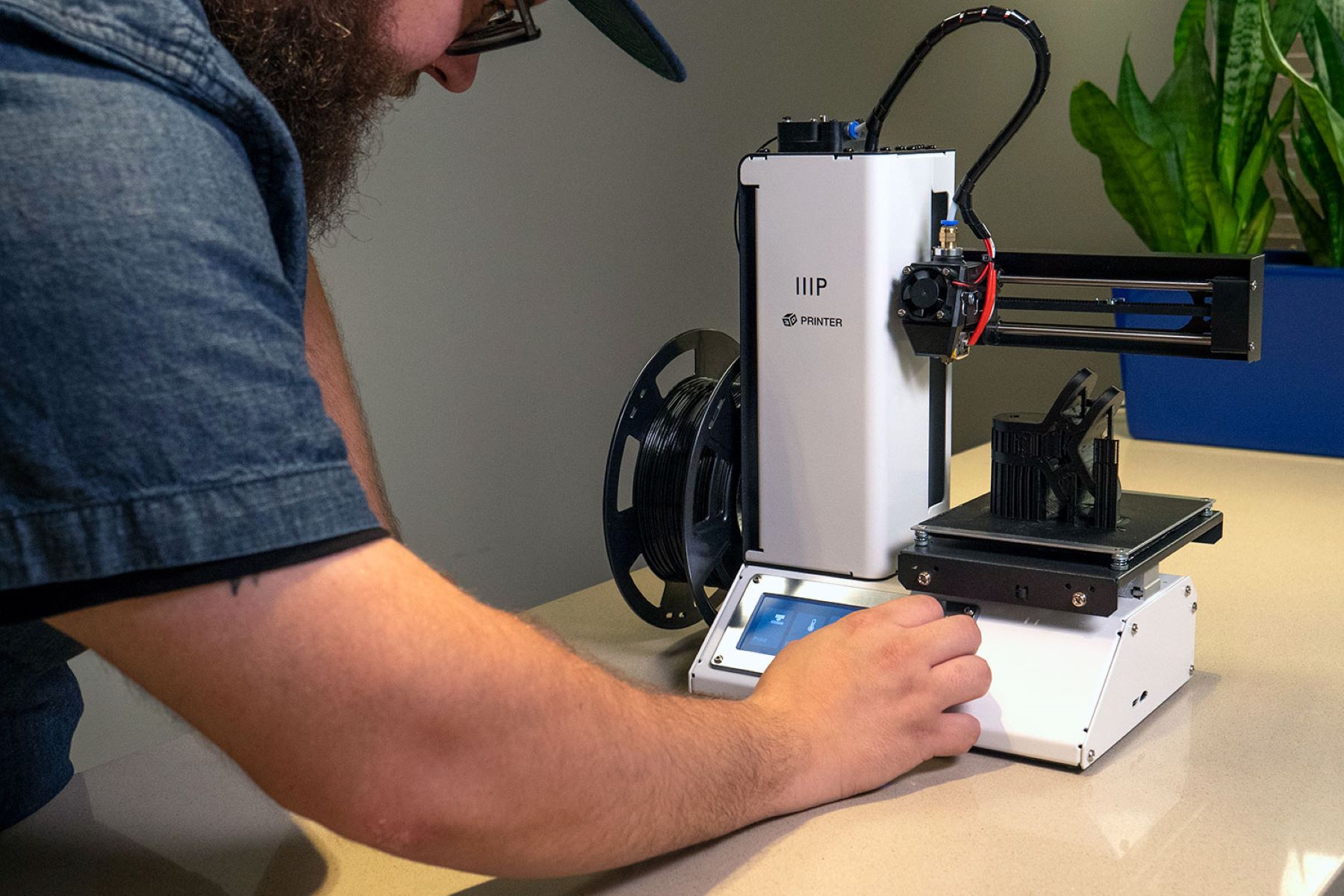
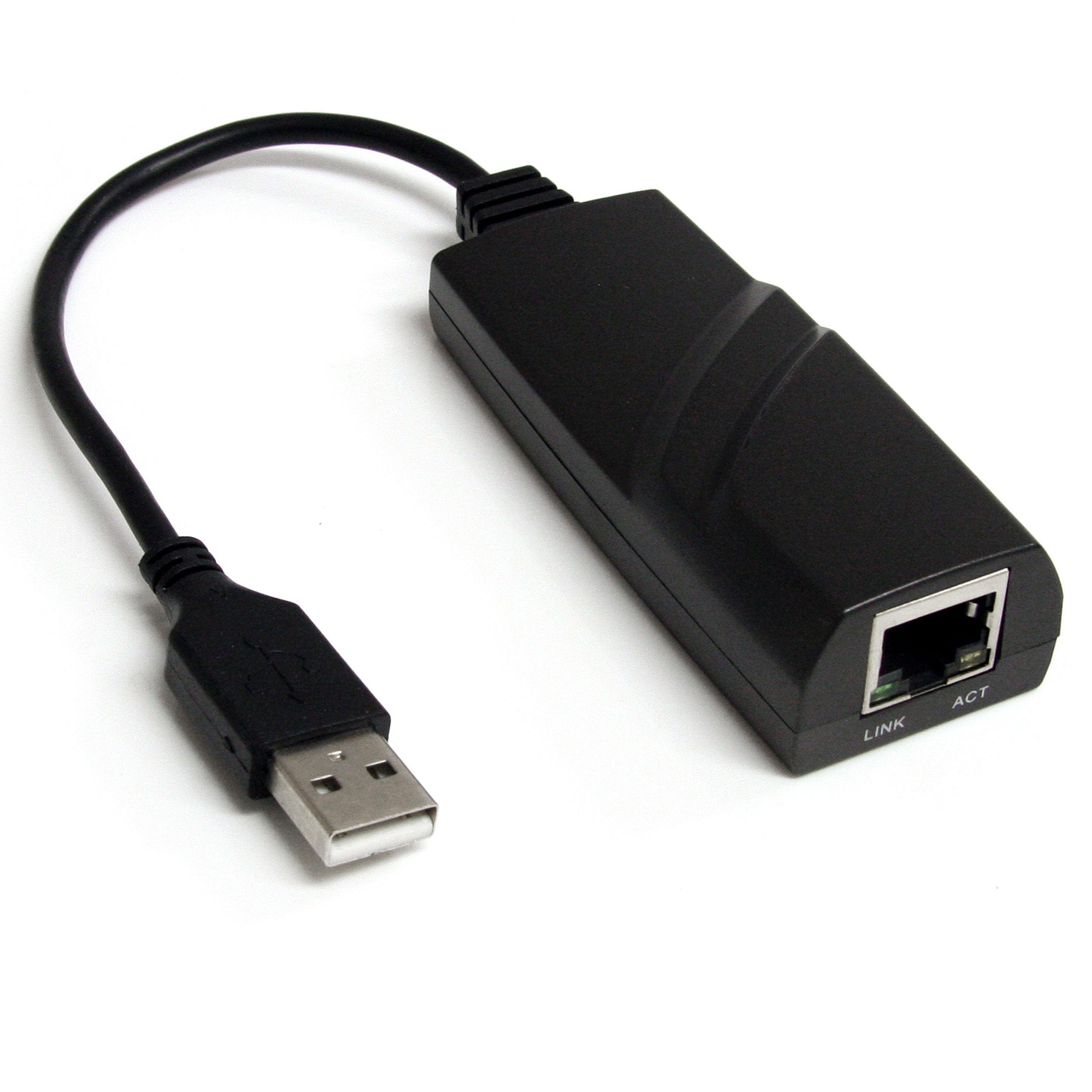

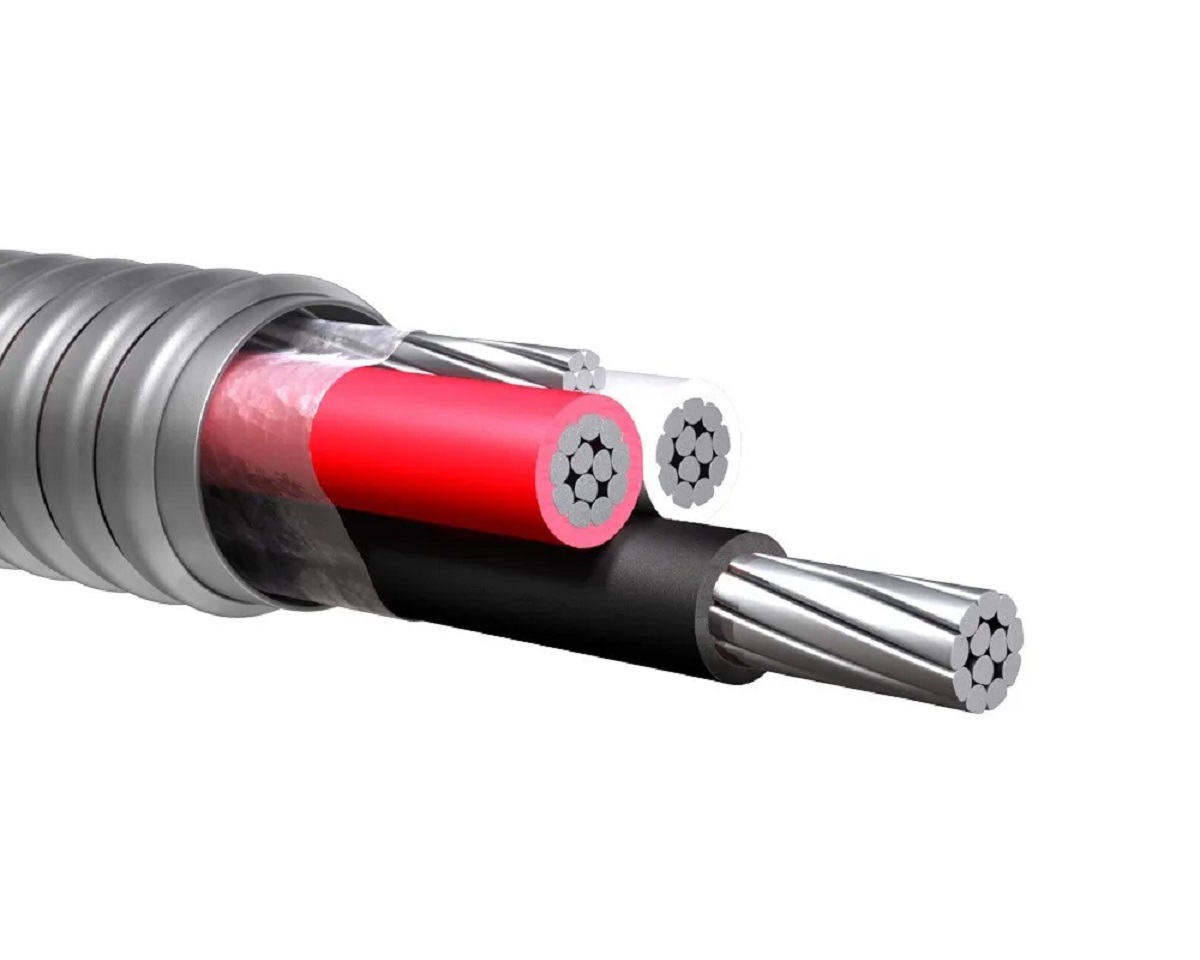
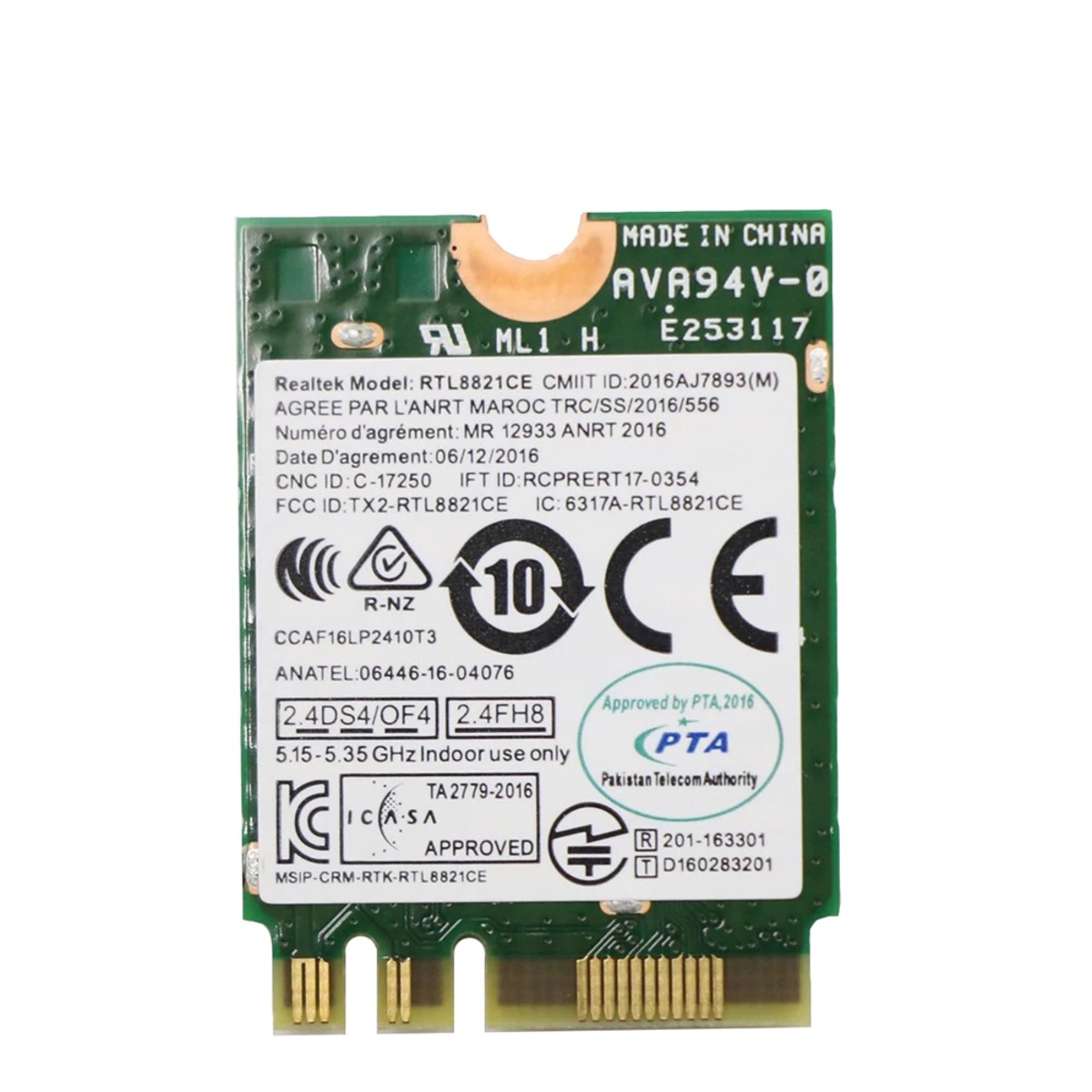
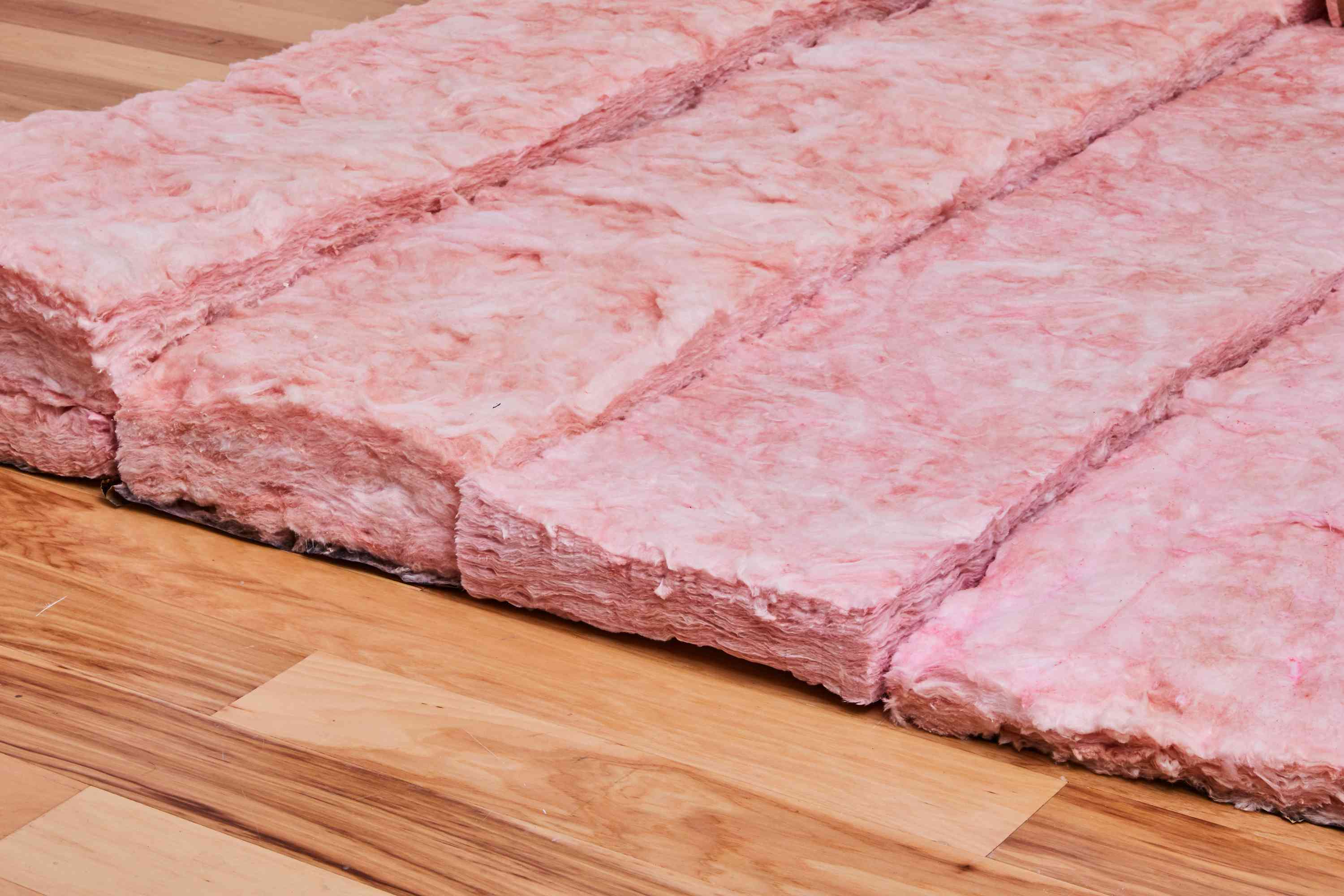
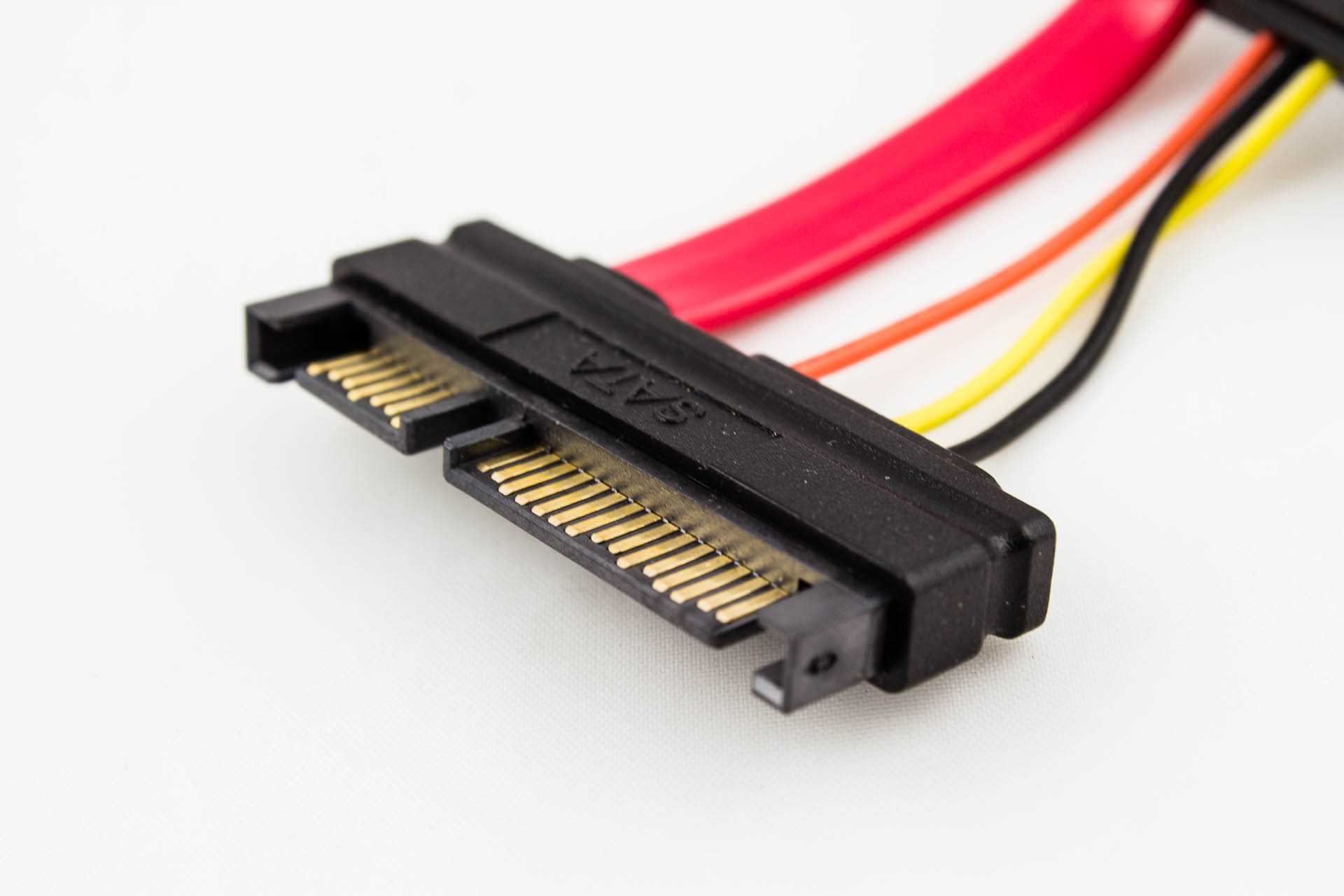
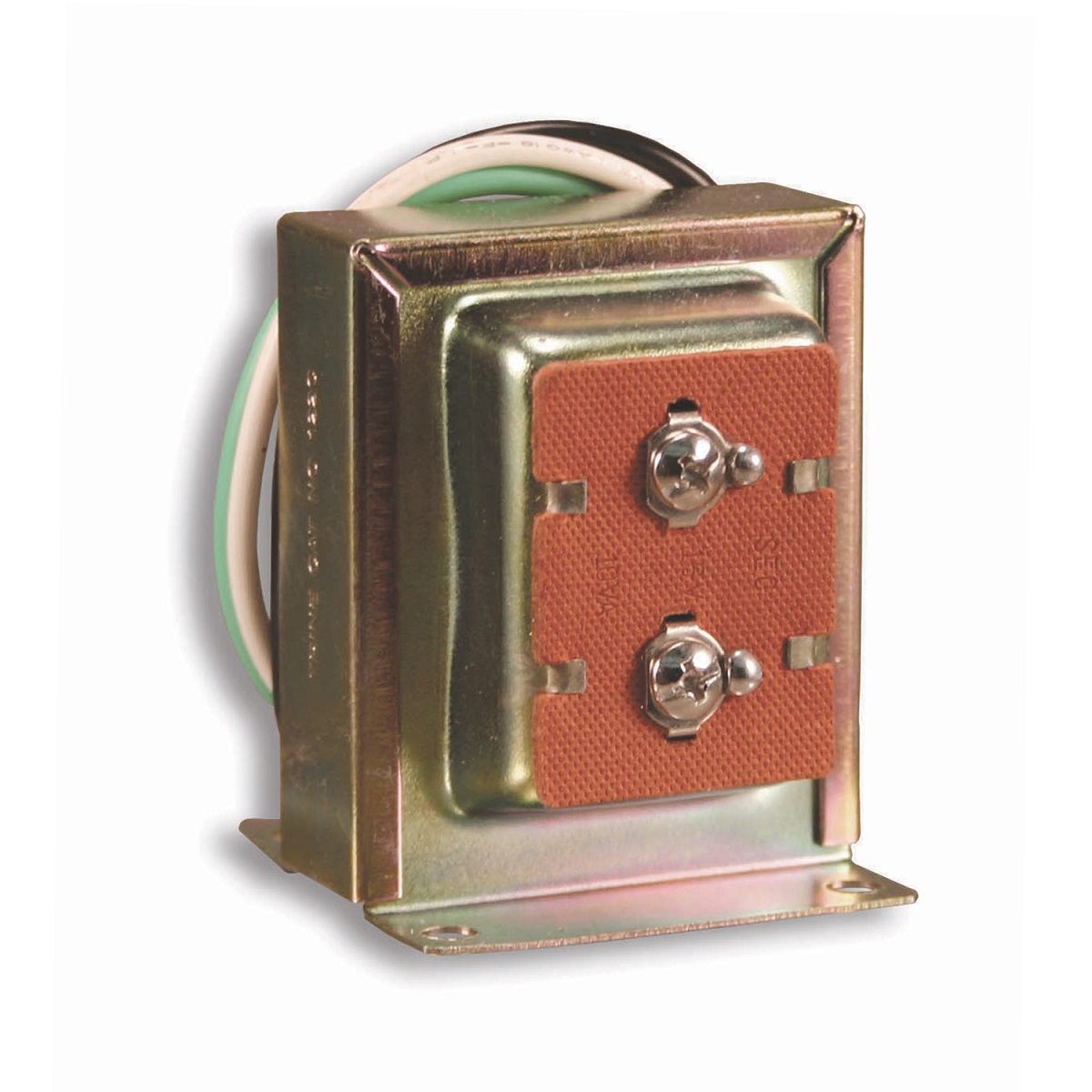

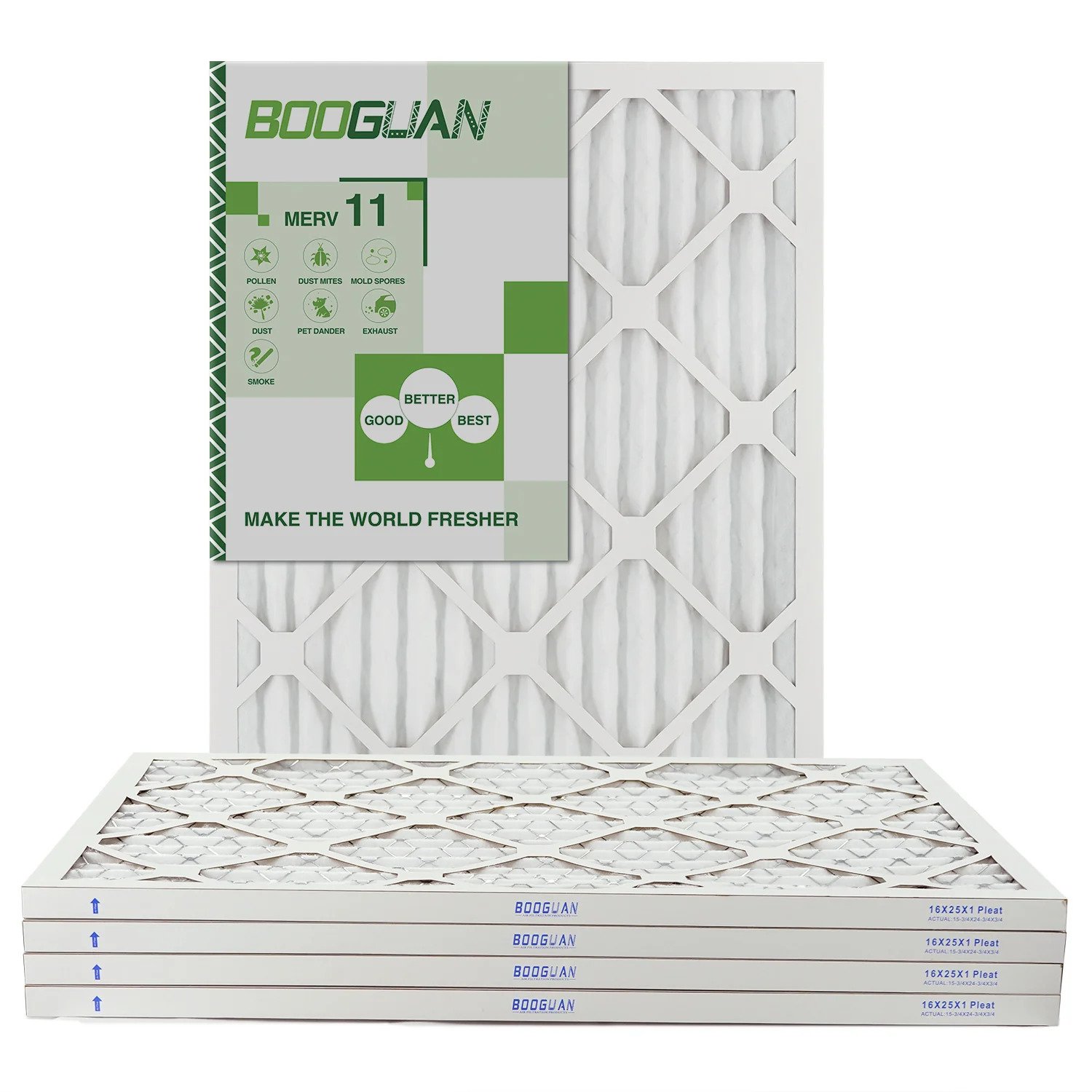
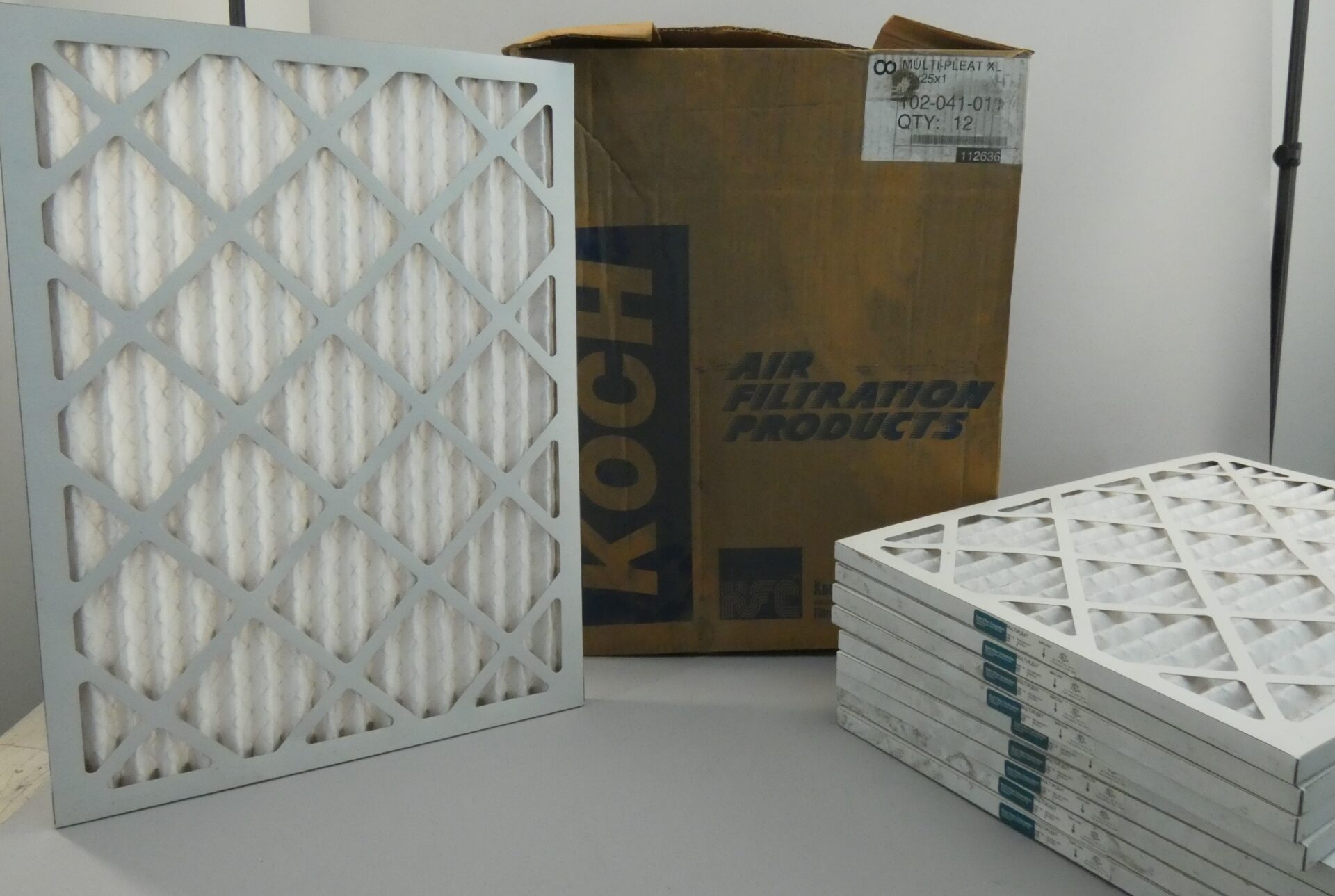




0 thoughts on “What Is The Bandwidth Of A Pcie V2.0 X16 Graphics Adapter”